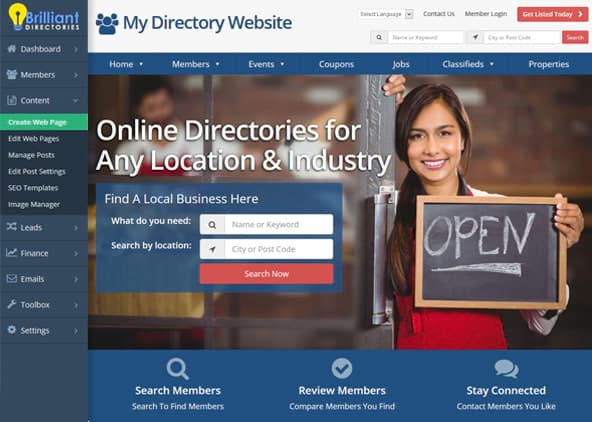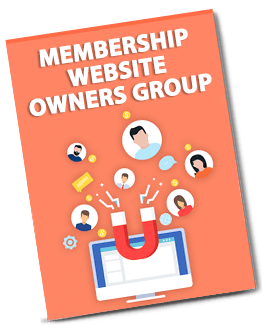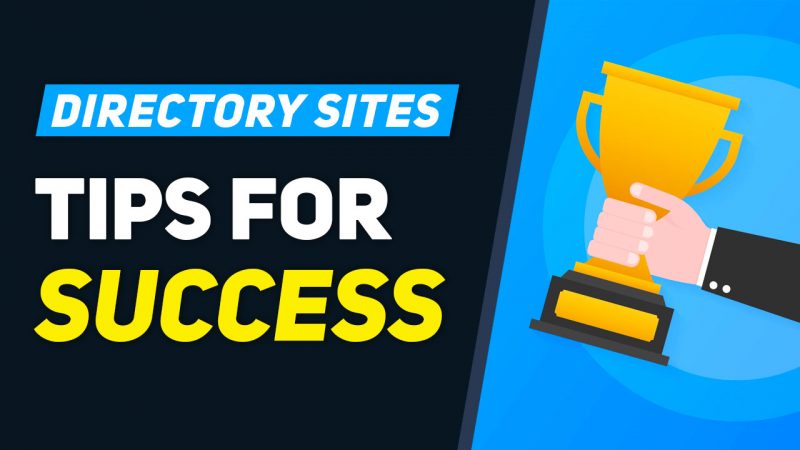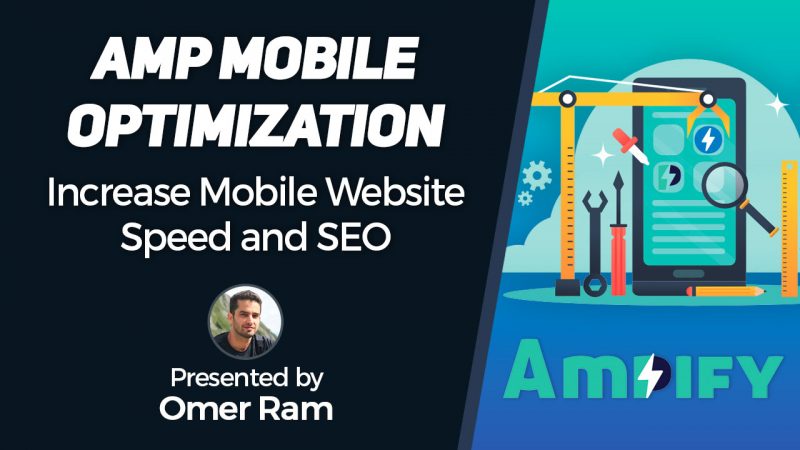

Directories have been fading as a print business for years, and the online versions generally have not come close to replacing the lost print revenue because they are poorly promoted, not optimized to be found in search, and offer little value to users or advertisers beyond the print version. Going up against Google, that won’t cut it. If you think of your online directory business as a vertical search engine in your niche, you can offer advertisers a compelling alternative to Google.
The basic requirements of an online directory
- Serves reader needs better than your competitors and your print directory
- Structured as a database, not an editorial product
- Optimized to be found by search engines
- Value proposition for advertisers that commands worthwhile prices
Serve reader needs
If your directory is fading because it’s easier for most people to Google the information, then re-thinking reader needs is in order. The easiest value for you to add is structure and context that are tailored to the niche you serve.
This may be as simple as creating a taxonomy of vendors, but don’t go crazy. Even if your directory covers 400 categories and subcategories, do not overwhelm users with that level of granularity. Boil it down, and always keep the needs of the reader in mind. You’re trying to get people to the right place quickly, not create the ultimate encyclopedia for your industry.
Structure it like a database
Properly constructing your directory means treating listings like data. Even if your listings are editorial products, they should be divided into discrete fields that make it easy for users (and search engines) to find what they are looking for. Key categories of information may include location, size, product categories offered, company profile, etc.
Structured data is also much easier to quality check, maintain and update than blobs of copy, links and images that happen to sit in a database.
Optimize it for search
Properly constructed online directories that focus on a niche topic typically enjoy very good visibility in search engine results pages, and are far more useful to the searcher than the results Google will show.
URLs should look like “http://acme.com/directory/widgets/plastic widget companies” and not “http://acme.com/directory?catID=34338&subcatID=92”
Title tags should look like “Plastic widget company information” and not “Acme.com directory”.
The data fields in the listings should be carefully chosen to use the language that buyers/prospects actually use (and search for), whether or not it looks correct to industry insiders. For example, if manufacturers call them “Thermoformed PVC widgets” but buyers call them “plastic widgets”, then Plastic Widgets is what you label the category.
Create a compelling value proposition for advertisers
Turning your directory into a well-designed vertical search application creates many more opportunities for advertisers to be found and contacted. Instead of charging for upgrades that made sense for print but have dubious value online (like bold listings), charge for upgrades that actually lead to measurable advertiser results. These might include:
Clicks to white papers
More qualified traffic to their website
Better visibility for their brand in search
Faster speed to market for new product information
Here are two directory models that can work if you have good share of voice in an industry niche.
Directory as SEO play
A directory that’s set up properly can draw a lot of search traffic, because it is a concentrated set of relevant content. Search engines love that. In most industries, there are still lots of companies whose websites get little traffic because they don’t have the time, resources or expertise to get visibility on search engines.
What if instead of charging for logos and bold text and links, you sold a search-optimized profile page to advertisers? The page would have copy carefully written with keywords to get indexed in search. You would have AdSense-style contextual links adjacent to relevant articles pointing back to the profile page, and outbound links to landing pages on the advertiser’s site. The page would have a compelling title tag and custom URL, and would contain information about the advertiser’s key products or services.
Now instead of selling vague promises of “visibility in our directory”, you’re offering a way for an advertiser to pull in many more warm leads from search. Depending on the level of traffic your directory is pulling, you may even be able to charge for those leads, especially if you have a lead cultivation program integrated into your directory offering. Now you have a $2,000-$10,000 product instead of a $50 – $500 one, and you can demonstrate real ROI to the advertisers.
The press release directory
Some publications are all about the gear. Audiences for these pubs devour pretty much everything you can offer them about new products, but editors can only review and write about a small fraction of the new products out there. Meanwhile, companies are striving to get the word out about new product launches, often with press releases sent out through the usual distribution channels, with ho-hum results.
If you are one of the go-to places for people to learn about a class of gear, then you should supplement your editorial content with a paid, self-service press release directory. Marketers or PR firms can post detailed descriptions, specifications, images and links about their product. You set the ground rules both to prevent abuse and to ensure the directory has the structure to be a searchable data product. Of course, you label it to avoid confusion with your editorial product, and you ensure that you’re tracking it as part of your overall Web analytics.
Readers will love the all the new product information and detail. Advertisers will love the ease of getting their new product launches in front of your qualified audience without having to pitch an editor. You will love the bump in search traffic the directory will bring, and you can use the popularity of posts in the directory as a way to decide which products merit an editorial review. Oh, and the revenue isn’t bad either.
This model can also include a cost per lead (CPL) component. If the advertisers are manufacturers who want to push leads to their sales channels, charge for clicks to their dealer locator.
The self-service aspect is attractive because it doesn’t add to your editorial burden, but this model still takes regular oversight to ensure a quality experience for both readers and advertisers. Do it right and it can be a winner for everyone.
These are just two ideas. There are many more ways to turn your online directory business into something that actually drives new revenue. If you have a good example, I’d love to hear about it.












